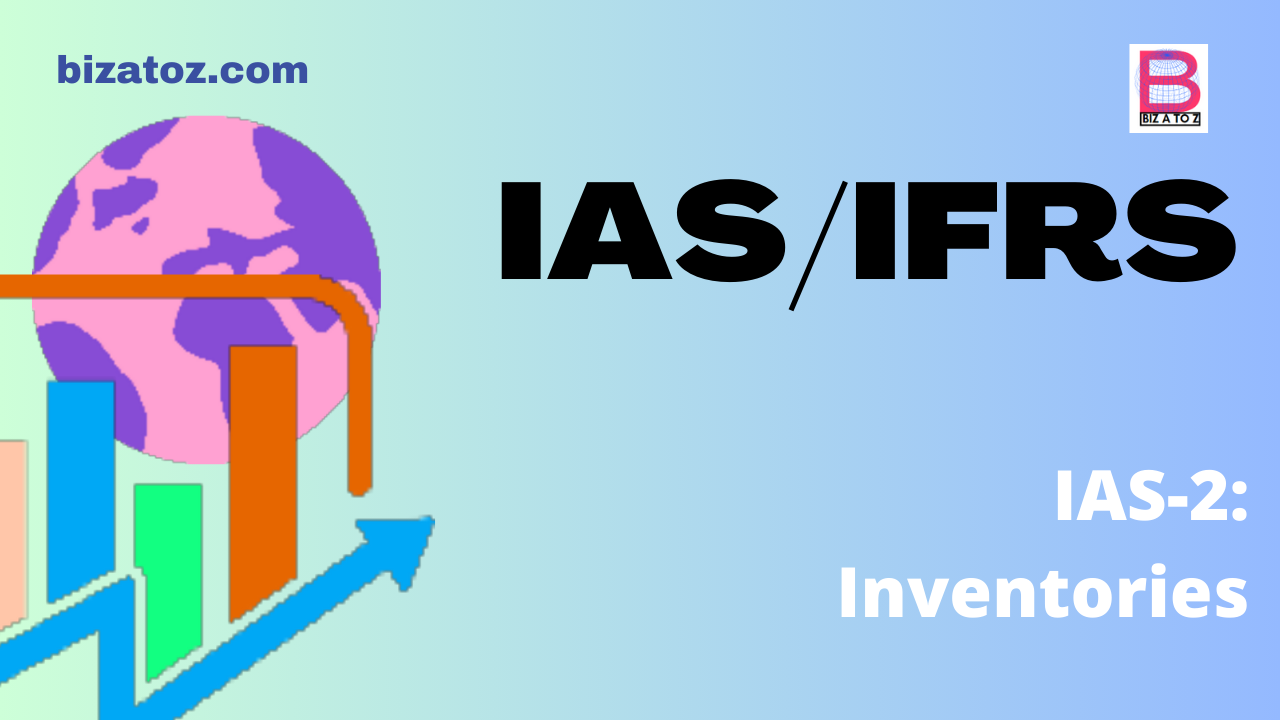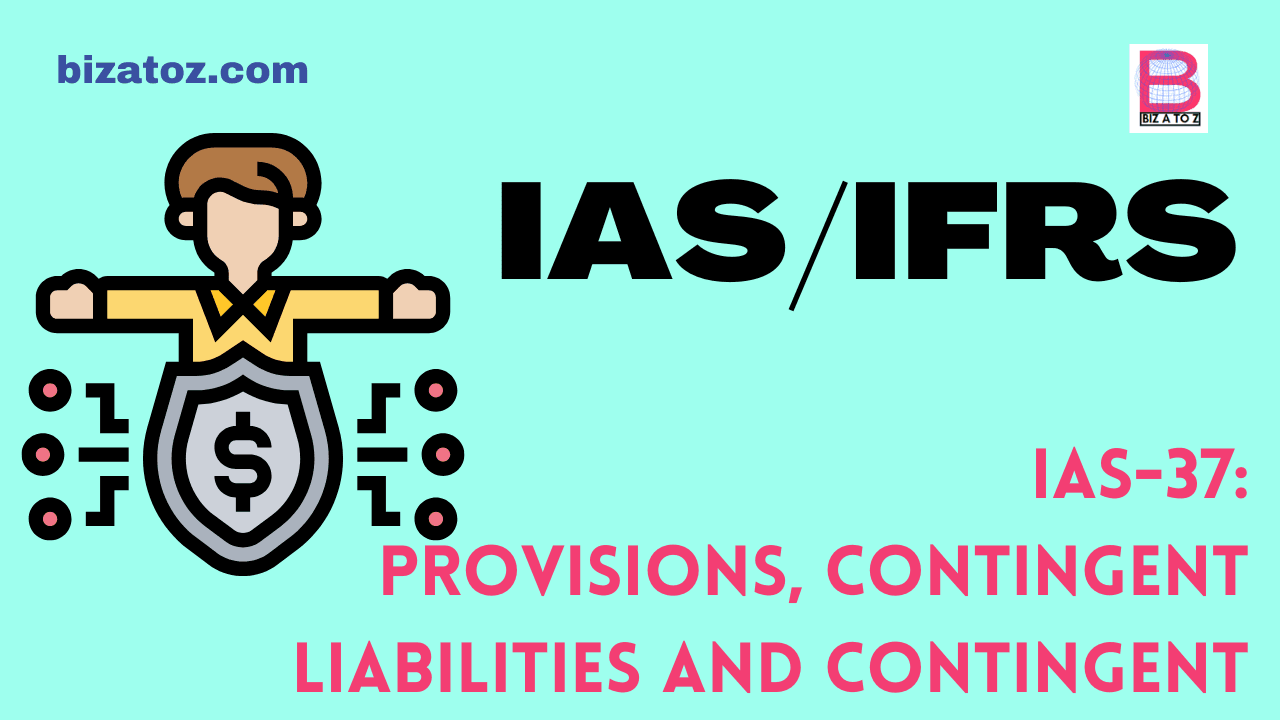
In the business world, there are rules and guidelines that must be followed to ensure the accuracy of financial statements. International Accounting Standard (IAS)-2: Inventories, is one of the most important accounting standards, serving as a guideline for businesses and their financial statements.
What are Inventories?
Inventories refer to the goods or products that a company holds either for use in production or for sale to customers. For instance, a fashion manufacturing factory may hold yarn and fabrics as raw materials inventory, while a grocery store purchases food items to stock its shelves.
What is the Objective of IAS-2?
Inventories represent a significant portion of assets in financial statements, making it crucial to accurately reflect the company’s asset value, which also impacts its profitability. IAS-2 helps companies determine the cost of their inventories and how to properly record them in their financial statements.
Scope of IAS-2:
IAS-2 applies to all inventories except for: i) Financial instruments (as covered in IAS 32 and IFRS 9), ii) Biological assets and agricultural produce (addressed in IAS 41), iii) Certain types of measurements, like agricultural produce after harvest, producers of agricultural and forest products, and iv) Inventories held by commodity broker traders at fair value less cost to sell.
Definition:
The definition section clarifies important terms and concepts necessary for understanding. The standard provides definitions for Inventories, Net realizable value, and Fair value.
Measurement of Inventories:
As per the standard, inventories should be measured (calculating their worth) at the lower of:
i) Cost, and
ii) Net realizable value.
Inventories should be valued at whichever of these two amounts is lower.
i) Cost of inventories:
The cost of inventories includes all expenses directly associated with bringing the goods to the location where the company stores them. This cost encompasses the purchase price, transportation expenses, conversion costs, and any other directly related expenses.
Example: Let’s consider a company that makes cakes. They need to purchase flour, yeast, packing materials, and other items. The costs for these are $10 for flour, $6 for yeast, $2 for packing materials, and $2 for other materials. The total cost amounts to $10 + $6 + $2 + $2 = $20. Additionally, the company incurs $4.5 for labor and $2.5 for utility charges. Therefore, the total cost is $20 + $4.5 + $2.5 = $27.
However, companies do not consider certain costs, such as selling expenses and abnormal amounts of wastage, as part of inventories; instead, they recognize them as expenses.
Cost is determined using various methods such as:
- FIFO (First In First Out): In this method, items purchased or produced first should be sold first.
- Weighted Average Cost: In this method, the cost of the item is determined by using the weighted average cost of similar items.
ii) Net realizable value:
It is the value that the company may recover by selling existing stocks. Some stocks may become damaged or partially obsolete, leading to a decline in their prices. Therefore, companies should deduct the values of these stocks from the current inventory value. Net realizable value is the selling price less the costs related to selling them.
Example: A retailer bought 20 trousers at $5 each. The manager can sell them at $8 each, and $2.5 is required for shipping costs. So, the net realizable value would be $8 – $2.5 = $5.5.
To know more about inventories, you may watch the following video:
Recognition as an Expense:
Initially, the company recognizes inventory as an asset upon acquisition, holding it for sale or use in production. Once the company sells or uses inventory in production, it ceases to be an asset because the company has utilized it to generate revenue or produce goods. The company recognizes the cost of these goods as an expense in the income statement during the period in which it sells or uses them. Typically, the company categorizes these expenses as Cost of Goods Sold (COGS) on the income statement.
Journal Entry:
i. When the company sells inventory:
Debit: COGS (expense)
Credit: Inventory (asset)
ii. The company should also recognize any losses and write-downs to Net Realizable Value as expenses.:
Debit: Loss on Inventory (expense)
Credit: Inventory (asset)
iii. If the value increases due to a rise in Net Realizable Value, the company should record a reversal entry.:
Debit: Inventory (asset)
Credit: Loss on Inventory (expense)
Disclosure:
It is necessary to disclose relevant information related to inventories in the company’s financial statements. The financial statements shall disclose:
- Accounting policies for inventories
- Carrying amount of inventories
- Inventories and any written-down values recognized as an expense
- Any restrictions on inventories
- Inventories pledged as security for liabilities such as loans and guarantees
- Any contractual arrangements involving inventory.
Effective Date:
- This standard should be applicable for annual periods starting on or after January 1, 2005.
This article is written by Monir Bhuiyan, a member of ACCA (Association of Chartered Certified Accountants) and ICAB (Institute of Chartered Accountants of Bangladesh).






